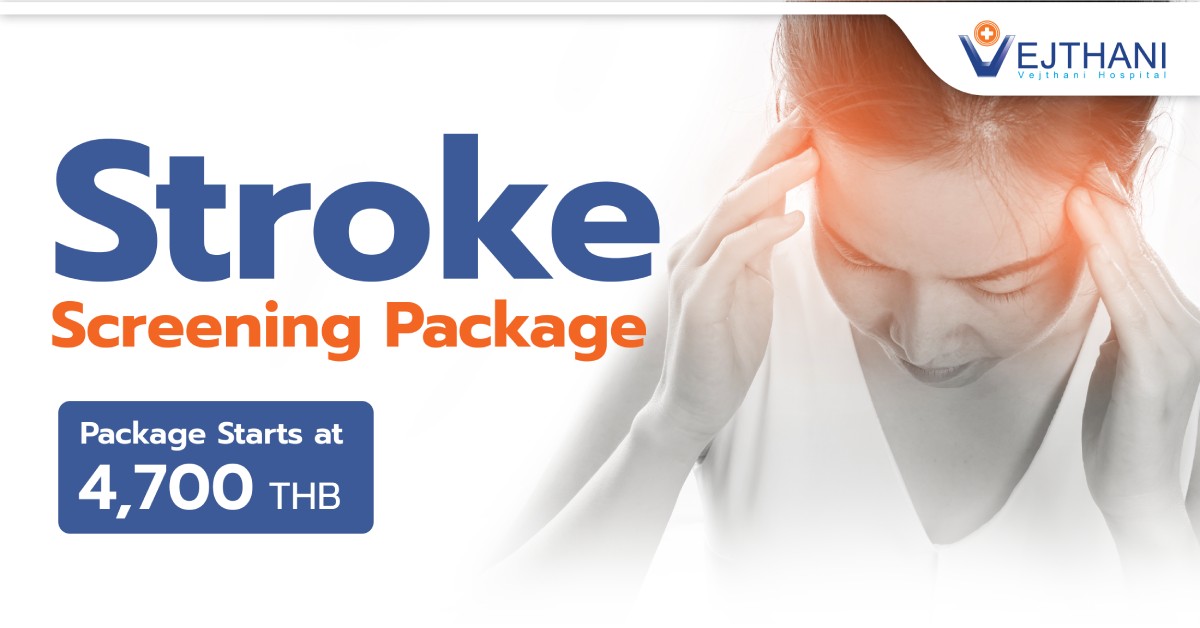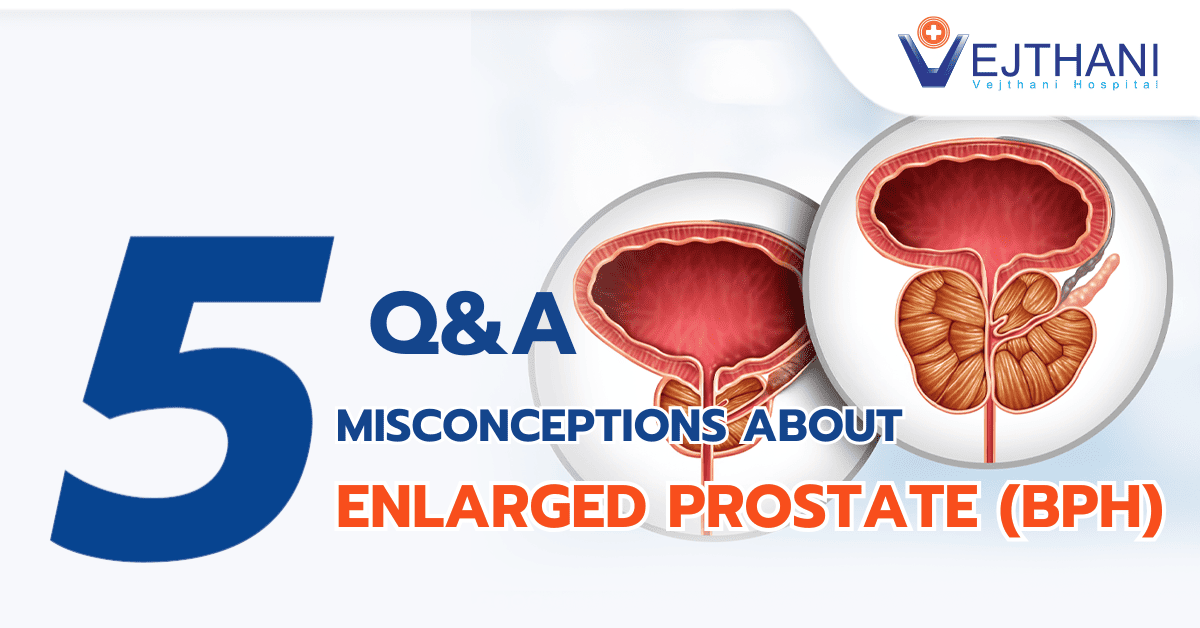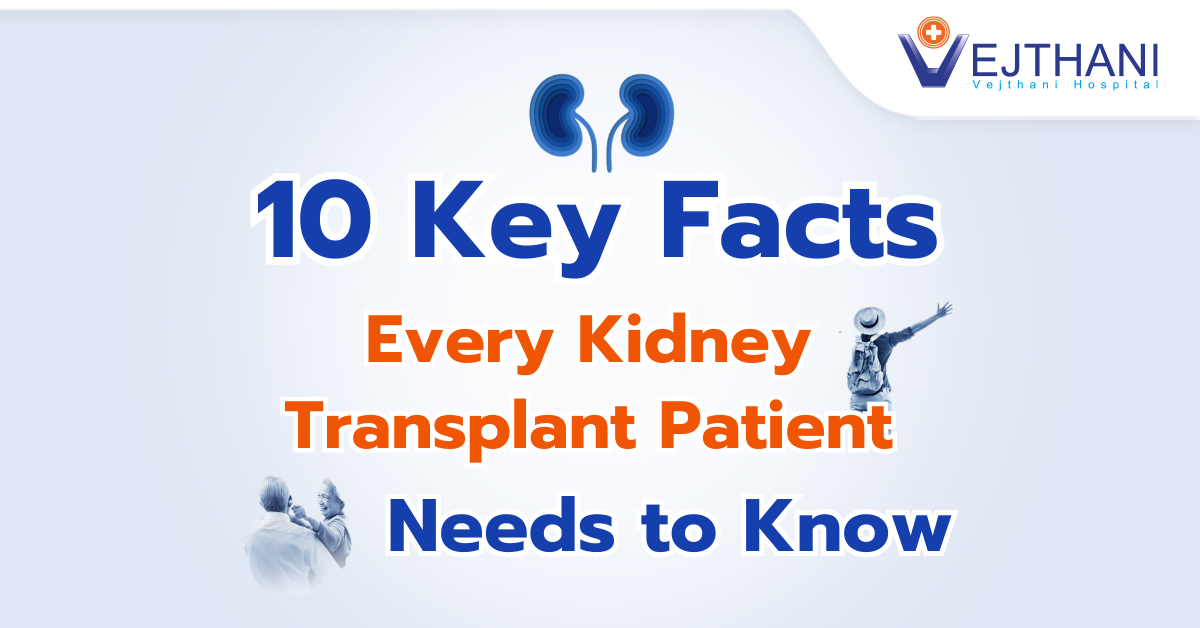
Auditory Brainstem Implant (ABI)
Overview
An Auditory Brainstem Implant (ABI) might be suitable for individuals diagnosed with neurofibromatosis 2 (NF2) or those who have nonfunctional or absent cochlear (inner ear) or auditory nerve. For those experiencing severe hearing loss, an ABI can help in sound perception, improve lip-reading abilities, and enable recognition of various sounds, sometimes even including words and sentences.
The implant is composed of two parts:
- Processor: Wear this component on the side of your head or above your ear. The processor is equipped with a microphone designed to capture ambient sounds. It then transforms these sounds into electrical signals, which are subsequently transmitted to the implant. As you sleep, the processor is removed.
- Internal implant: This part is implanted by a surgeon and includes:
- Receiver-stimulator: Underneath your skin, on the side of your head, lies a receiver-stimulator, culminating in an electrode paddle.
- Electrode paddle: The electrode paddle is positioned on the surface of the cochlear nucleus complex, which constitutes the auditory segment of the brainstem surface.
The hearing nerve functions as a link between the brain and inner ear. Sound waves cannot enter your brain when the bridge is broken. Bypassing the nerve, an ABI activates your brainstem directly, which then sends sound waves to your brain.
Reasons for undergoing the procedure
Originally ABI developed by researchers to address patients with neurofibromatosis 2 (NF2), an uncommon hereditary condition. In NF2, growths known as acoustic neuromas develop along the auditory nerve. These tumors and the treatments used to eliminate them can result in irreversible damage to the auditory nerve. Consequently, many individuals with NF2 experience complete hearing loss in both ears. Hearing aids and cochlear implants are ineffective in restoring hearing in such cases. The auditory nerve acts as a bridge between the inner ear and the brain. When this bridge is compromised, sound transmission to the brain is hindered. An Auditory Brainstem Implant (ABI) circumvents the damaged nerve by directly stimulating the brainstem, allowing sound signals to reach the brain.
The first recipients of ABIs were individuals with NF2. Since then, additional patients with substantial hearing loss brought on by missing or nonfunctioning inner ears or hearing nerves have benefited from these implants. Infants, kids, and adults can benefit from ABI, especially those who:
- Have an abnormally developed auditory nerve (hypoplasia) or are born without a functioning auditory nerve (aplasia).
- Are deaf due to abnormalities in the structure of their inner ear (cochlea), incomplete development of the inner ear (cochlear hypoplasia), absence of inner ear structures (cochlea aplasia), excessive growth of the bones (cochlear otosclerosis), or inappropriate development of the bones (cochlear ossification).
- Have experienced injury or severing of the auditory nerve, often due to temporal bone fractures on both sides of the head.
- Have additional causes of deafness that cannot be treated by a cochlear implant or hearing aid.
Risks
There are risks associated with any brain surgery. Additionally, it’s challenging to forecast how effectively an ABI will perform for you. You can determine whether this operation is right for you with the assistance of your healthcare providers.
The incidence of complications in ABI surgery is generally low, particularly when conducted by a proficient surgical team. These complications may encompass:
- Wound infection.
- Cerebrospinal fluid leaks.
- Facial nerve palsy, leading to loss of facial movement due to nerve damage.
- Implant failure, characterized by inadequate provision of auditory sensations or displacement of electrodes.
- Non-auditory stimulation, resulting in discomfort due to stimulation of non-auditory structures.
- Incomplete tumor removal.
- Meningitis.
Before the procedure
Prior to an auditory brainstem implant, you should be aware of the following:
- Medical and neuropsychological evaluation: Your healthcare provider will assess the capacity and function of your brain, and they will asked about your medical history and hearing loss.
- Behavioral test: Your hearing capacity will be measured by audiologists both with and without hearing aids.
- Communication evaluation: A speech-language pathologist could evaluate your communication style and language development.
- Electrophysiologic test: Tests will be performed by audiologists to determine the degree and location of hearing loss.
- Imaging studies: To evaluate your cochlea, auditory nerve, and surrounding structures, you might undergo an MRI and CT scan.
If you have NF2, which results in an acoustic neuroma, surgical removal of the tumor may lead to hearing impairment. Typically, your surgical team will concurrently perform ABI implantation during the tumor removal surgery.
The ABI may be implanted through a separate procedure if you:
- Experienced radiation therapy or surgery in the past for NF2 or another condition.
- Have inner ear malformations, trauma, or other causes of deafness where cochlear implants are ineffective.
After the procedure
Following the procedure, you will most likely spend two to four days in the hospital. Depending on the particular condition and type of surgery, the length of stay in the hospital may vary. You could require a longer hospital stay if you have NF2 and have tumor removal simultaneously. The ABI will be programmed at the PACU (Post Anesthesia Care Unit) by your team.
The device is activated approximately four to six weeks following surgery. Over the course of a few days, and then once a month for the first year following surgery, your healthcare team modifies the device programming.
Outcome
While an ABI cannot completely restore normal hearing, it can enhance lip-reading skills, sound awareness, and improve the ability to detect and distinguish sounds, such as recognizing differences between a child’s voice and an adult’s voice, as well as identifying environmental sounds like a dog barking versus a phone ringing.
Compared to adults with NF2 (who have had a prolonged duration of deafness), children who receive an ABI at an early age (after a brief period of deafness) typically exhibit greater word understanding.
Aside from the duration of profound deafness, other factors that may affect the results include the tumor’s size and location, the involvement in post-operative hearing therapy, and other medical conditions.
Collaborating with your healthcare provider is crucial for a comprehensive assessment of the pros and cons. Through this partnership, you can make informed decisions about your health.
It’s important to reach out to your healthcare provider if you encounter any pain or fever post-ABI procedure. Your medical team will closely monitor your progress after surgery to prevent any potential complications. Additionally, follow-up appointments with your audiologist will be necessary for adjustments to the device’s programming following the procedure.
Contact Information
service@vejthani.com






















